
Incorporating Robotic Kits in Classroom Learning
Chosen Theme: Incorporating Robotic Kits in Classroom Learning. Welcome! Discover practical strategies, inspiring stories, and classroom-tested tips for bringing robotics to life so students collaborate, problem-solve, and think like designers. Subscribe for weekly prompts and share your classroom wins with our growing community.
Why Robotic Kits Transform Learning
When students assemble sensors and motors, abstract ideas like feedback loops, circuits, and algorithms become visible. Curiosity drives questions, questions drive experiments, and experiments drive understanding. Share how your learners’ questions changed once robots started moving across their desks.
Why Robotic Kits Transform Learning
Robotic kits align naturally with science, technology, engineering, and math objectives—measurement, variables, data analysis, and computational thinking. Map each build to a standard, then invite students to annotate their code with learning targets. Comment with a standard you plan to tackle this month.
Why Robotic Kits Transform Learning
In Ms. Alvarez’s class, a shy student named Jonah smiled for the first time all week when his line-following robot finally traced a perfect oval. He explained his debugging steps to peers, becoming the day’s expert. Who will be your next Jonah?
Planning Your First Robotics Unit
Begin with kits that match your learners’ age and your curricular priorities—block-based coding for beginners, text-based for advanced. Consider rebuildability, spare parts, and community support. Tell us which kit you’re considering and we’ll share adaptable starter challenges.
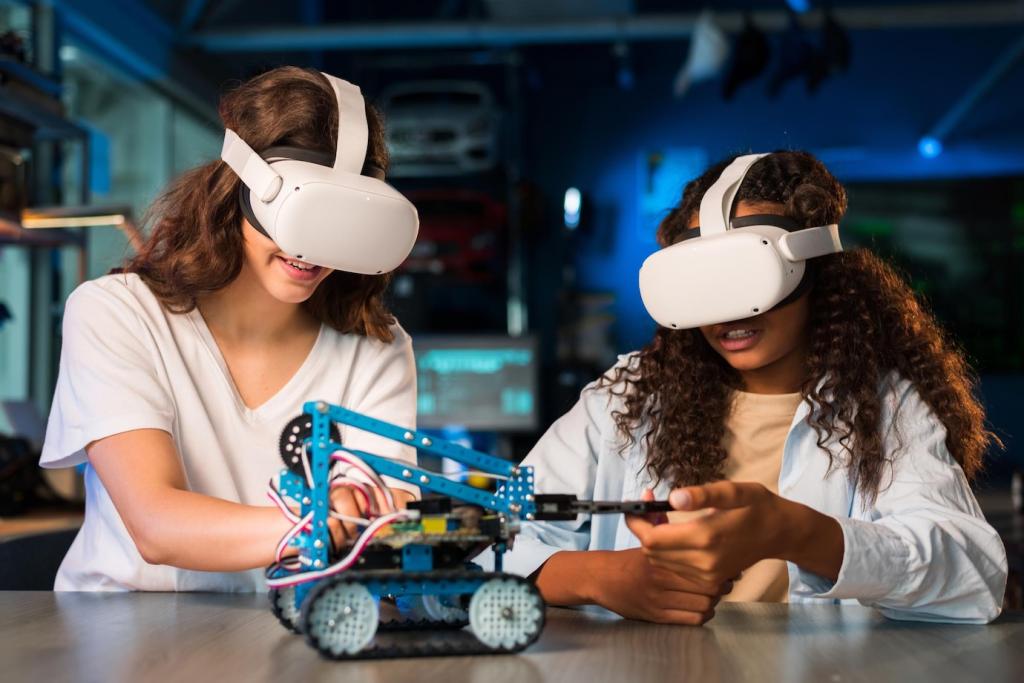
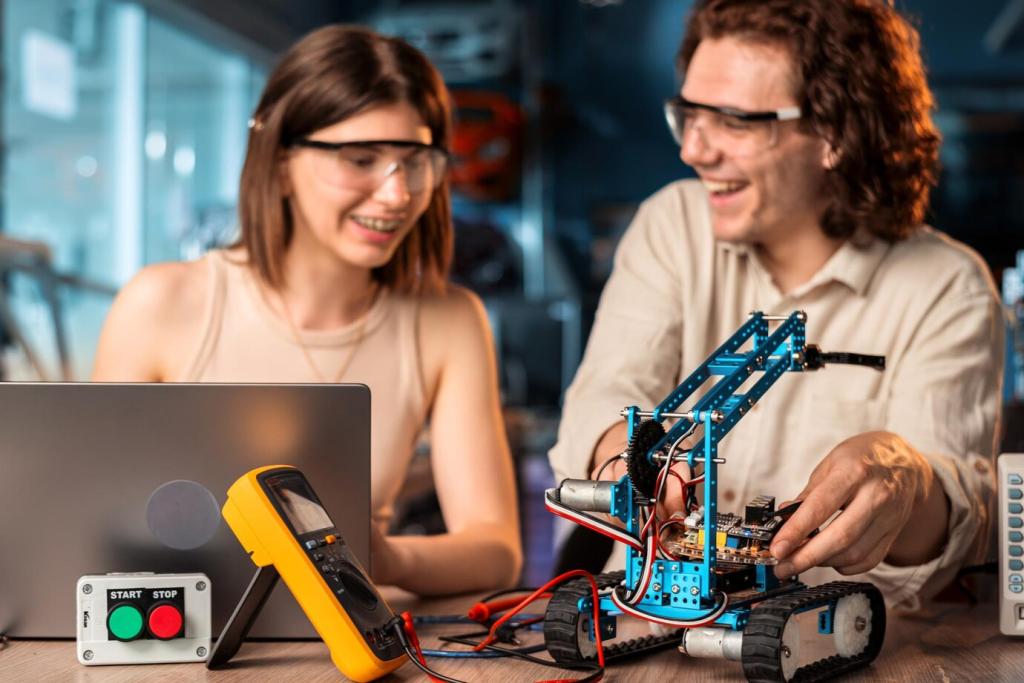

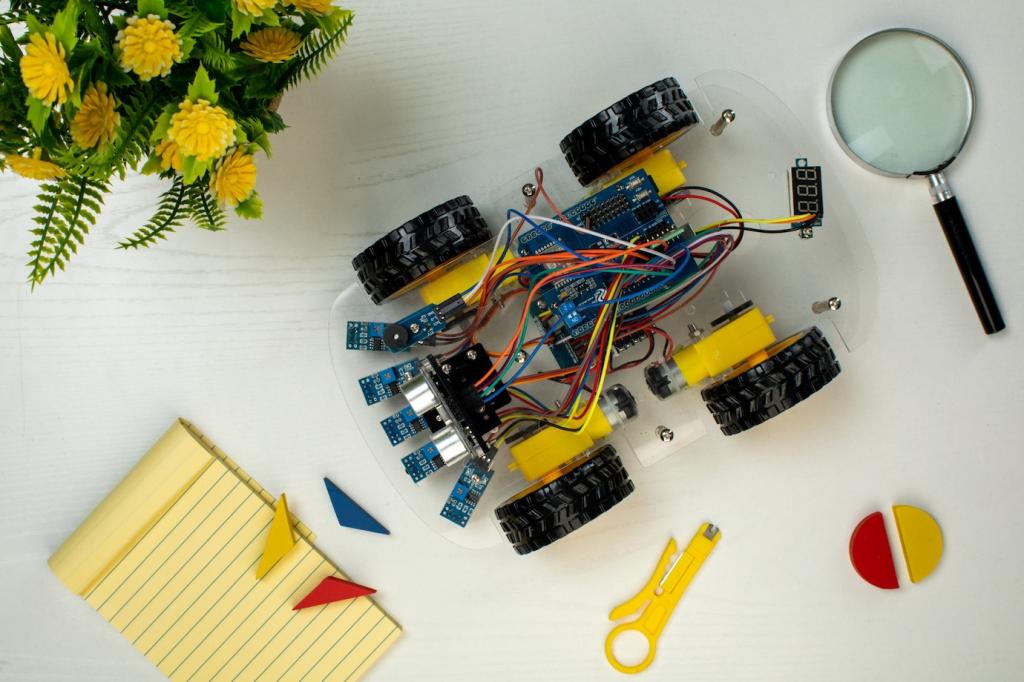
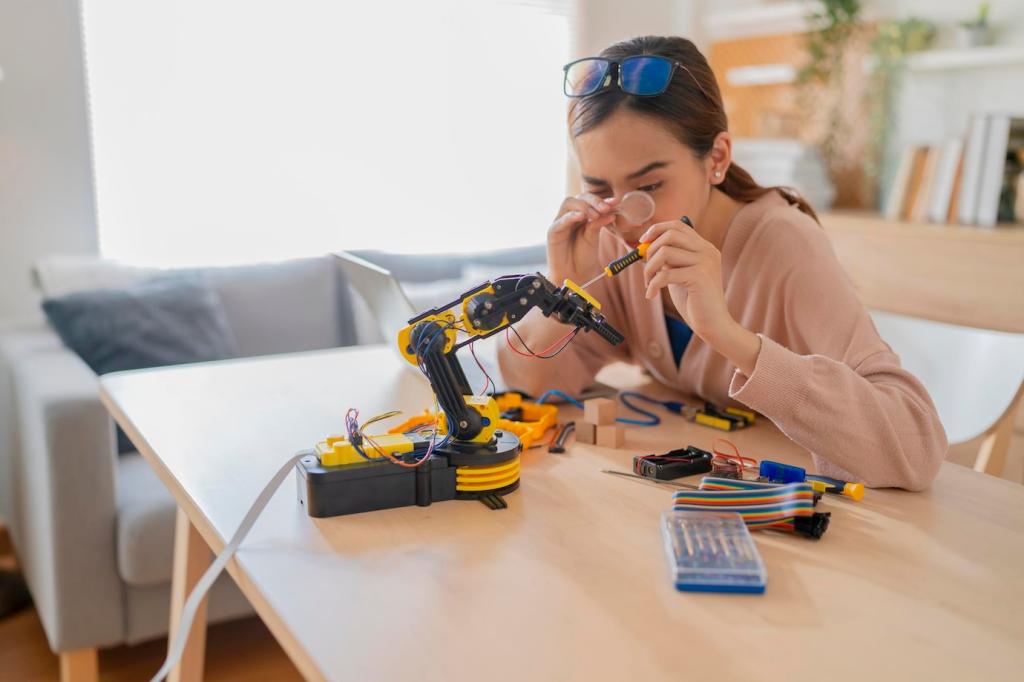
Assessment That Celebrates Process
Build rubrics that track problem framing, testing cycles, documentation clarity, and team communication. Include self and peer assessments. Post a rubric criterion you’re unsure about, and the community will suggest phrasing that captures growth.
Assessment That Celebrates Process
Ask students to log hypotheses, test results, photos, and code snapshots. Require reflective comments explaining choices and trade-offs. Invite learners to tag moments of failure that led to insight. Share a favorite student reflection to inspire others.
Math in Motion
Use robots to model proportional reasoning, angles, and distance. Students predict path lengths, program turns, and compare estimates to sensor data. Post one math standard you’ll target, and we’ll brainstorm a matching robotics task together.
Storytelling with Bots
Have students script a scene where robots act as characters, synchronizing movements, lights, and sound. Tie in narrative structure, dialogue, and theme. Share a story prompt you love, and we’ll suggest movement cues that align emotionally.
History and Community Challenges
Frame builds around local needs—delivery routes, accessibility aids, or environmental monitoring. Connect to primary sources and interviews. Which community question could your students explore with sensors and code? Tell us and invite neighbors to your demo.
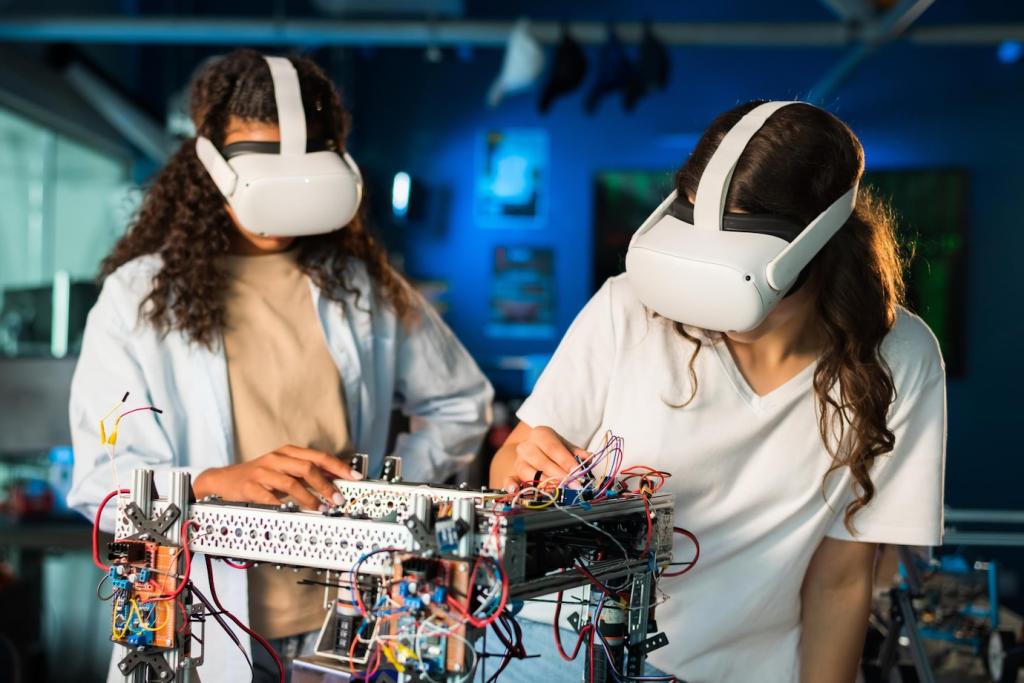

This is the heading
Lorem ipsum dolor sit amet, consectetur adipiscing elit. Ut elit tellus, luctus nec ullamcorper mattis, pulvinar dapibus leo.

This is the heading
Lorem ipsum dolor sit amet, consectetur adipiscing elit. Ut elit tellus, luctus nec ullamcorper mattis, pulvinar dapibus leo.
